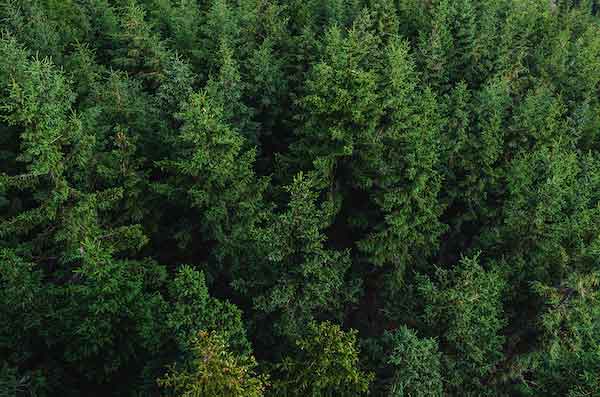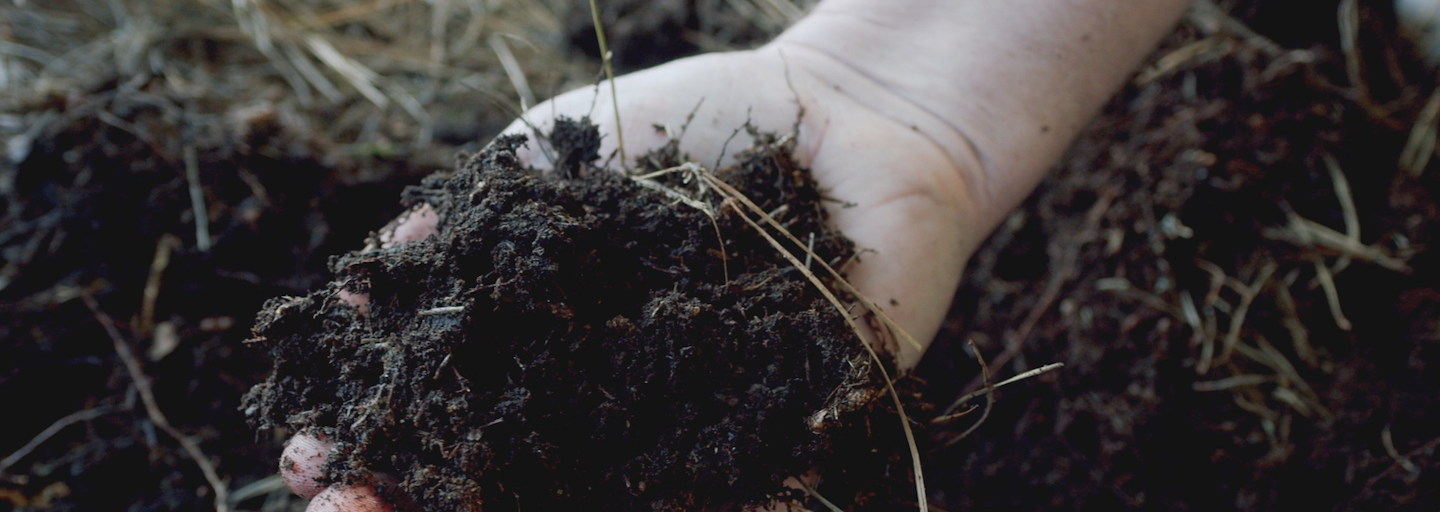Repurpose forestry slash for soil regeneration
Repurposing slash for soil regeneration is a sustainable approach that Azwood® employs to enhance the health and quality of soil after forestry harvests.
What is soil regeneration?
Soil regeneration or soil rejuvenation, is the process of revitalizing and improving the quality and health of soil, typically through natural or sustainable practices. It aims to restore or enhance the soil's ability to support plant growth, increase fertility, and contribute to long-term environmental sustainability.
Even further than that, it is about utilising and repurposing natural resources to our advantage and replenishing the soil to ensure successful future harvests.
Repurpose slash for soil generation
Azwood® provides a forestry clean up service to help forestry owners and managers mitigate environmental risks by removing slash from the forests after harvest. We repurpose that wood into natural wood based products.
As part of the repurposing process, we have years of experience creating quality mulch and composts for commercial growers and have gained a deep understanding around the importance of soil health for the horticulture industry who rely on their soils to produce yield.
It came to our attention that this is not just for commercial growers, but anyone looking to build organic matter and improve soil structure to enhance the growing environment for their plants and considering the forestry industries income relies on the successful growth of their seedlings, we felt there was a great opportunity that was not being utilised right on the forest floor.
Download our free guide to learn more about Azwood's forestry slash solutions.
Azwood's methodology
Azwood® aims to clear away all slash to give back 100% of the land for replanting and we have the machinery, equipment and experienced staff to do so. But we have found that the best practice is to leave some of the smaller slash and bark fines behind for the forest managers to utilise in their forest management plan for soil rejuvenation to improve plant health and development.
The residues left behind are made up of bark fines, pine needles and small sticks etc. It can be ground up into smaller pieces and spread across the skid. Over time it will break down and work its way into the soil and improve the soil structure.
Note that this process is natural biodegradation and takes time to slowly work its way into the soil. As the organic matter breaks down it will release nutrients into the soil acting like a slow-release fertilizer, enhancing the soil's ability to hold moisture, support plant growth, and provide a healthy environment for beneficial soil organisms. This natural cycle not only repurposes wood residues left from forestry harvest but also helps sustain the health and fertility of the land making it an ideal environment for replanting.
Benefits of repurposing slash for soil regeneration
Improve soil structure
By repurposing slash, these materials break up the soil as it works its way in to hold the ground together. This improved structure benefits the soil in multiple ways. It prevents compaction, which can restrict root growth and water infiltration, it allows for better aeration, promoting beneficial soil organisms and it increases the soil's ability to hold water, reducing runoff and erosion.
Reduce soil erosion and sediment release
When sediment builds up in low-flowing waterways, it can promote weed growth. Weeds in the water can reduce oxygen levels, negatively affecting the aquatic environment. Additionally, sediment release can cloud the water and disrupt the living conditions for wildlife. Mulch acts as a barrier that shields the soil from erosion, wind and heavy rain events. This protective covering helps keep the soil in place, especially during heavy rains or when water flows across the land. Without mulch, the force of rain or flowing water can erode the soil and carry it into nearby waterways. This not only prevents the loss of topsoil but also conserves valuable organic matter and nutrients.
Helps retain moisture
Having a ground cover of mulch will help preserve moisture and with this extra moisture, plants can easily access water as needed which assists in plant health and growth. Just like we need water to stay healthy, plants need moisture to grow and thrive. Mulch keeps the moisture in and allows plants to take root and not dry off in summer months
Suppresses weeds
Mulch is a protective layer that covers the soil, making it hard for weeds to poke through and get sunlight. Weeds need sunlight to grow, so when they can't find it, they can't sprout and spread. Because forestry land is not maintained in the same way you would a garden, it will not completely eliminate weeds, however, it will suppress them and make it harder for them to grow, leaving an optimum environment for pine seedlings with little competition for nutrients.
Provides nutrients
Applying mulch around pine seedlings provides essential nutrients. As the mulch breaks down gradually, it releases these nutrients into the soil. Pine seedlings can then absorb these nutrients from the soil, which aids in their growth and overall health. This process ensures that the seedlings have a consistent source of nourishment for optimal development.
Related articles

Follow us
More from Azwood
Connect with us on social media to learn more and be the first to hear our latest industry updates

